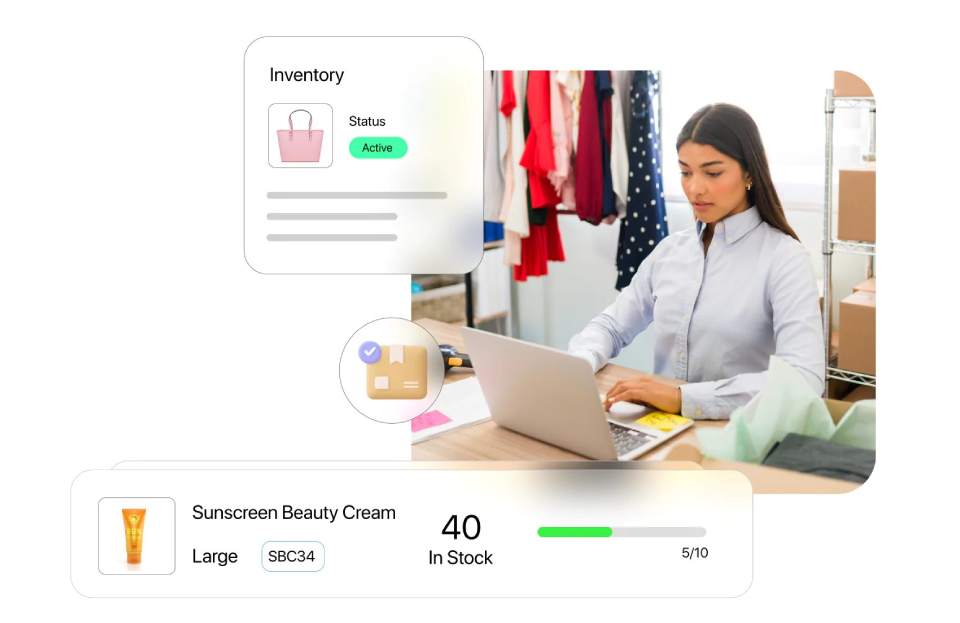
Are You an Omni-Channel or Unified Commerce Retailer?
For some retailers, there is no differentiation between being an omni-channel brand vs being a unified commerce brand. The terms are used interchangeably, but are, indeed, fundamentally different. Omni-Channel is a strategy in which brands interact across multiple channels (eg in store, on line, mobile, social). Unified commerce, however, is about a holistic user experience that provides seamless engagement into one platform. True seamless integration requires technological enhancements that allow for a single view of the customer, regardless of where, when or how they shop.
In recent years, retailers have been enhancing their systems so that they can address the increasing demands of the customer.
A true unified commerce retailer needs a fully integrated system that not only connects but unifies the shopper’s journey and purchase path end-to-end. New connected systems can create visibility from source to self to shopper. Purchase history, loyalty behaviors, earned rewards, promotional activity, prior online chat, customer service calls, and in-person conversations are all captured and available on demand by the end user in real time.
While retailers have evolved their multi-channel and omni practices, many are still being held back by technological barriers. From sourcing and supply to planning and allocation through purchase and re-purchase, being a true unified brand requires modern systems. If you have not accessed your current people, process and technology—it’s time. The industry is becoming more complex; consumers are becoming more demanding and the competition is becoming more elevated. Layer on AI and brands who were successful less than 5 years ago may find themselves not only antiquated, but obsolete.
- Shoppers now expect to be able to engage with brands online, mobile, in store, via call centers, through direct mail and on social commerce platforms.
- These behaviors are rarely linear. Instead, customers will search for products or browse online, but then be triggered by a social posting and click to the brand’s website to make a purchase.
- They may research the product online but want to pick the product/purchase up in store later that day or have it delivered within the hour.
- In turn, they may have made a catalog or direct mail purchase and brought the item back to the store for a different size, color, or item. These types of transactions are far from easy, no matter how effortless they appear to the shopper.
- Previously, retailers would create manual processes to accommodate cross channel services like BOPIS (Buy Online, Pick up In Store). Such practices may look seamless to the consumer, but require employees to engage with various systems to work across channels/platforms.
- Returned items, as well, can create complexity if the product was purchased on one channel and brought back to another. Again, this may be effortless to the shopper, but the store needs to potentially work across sale and inventory systems to reconcile.

Columbus Consulting delivers solutions that drive true value and have been transforming the retail, grocery and CPG industries for over two decades. We are a retail consulting company of industry experts. Our approach is simple, if you do it, we do it. We are more than consultants; we are experienced practitioners who actually sat in our clients’ seats. We understand the challenges, know what questions to ask and deliver the right solutions. Columbus offers a unique, consumer-centric approach with an end-to-end perspective that bridges functional & organization silos from strategy to execution. Our specialties include: unified commerce, merchandising & category management, planning & inventory management, sourcing & supply chain, data & analytics, accounting, finance & operations, people & organization and information technology. Let us know how we can help you. To learn more, visit COLUMBUSCONSULTING.COM.






